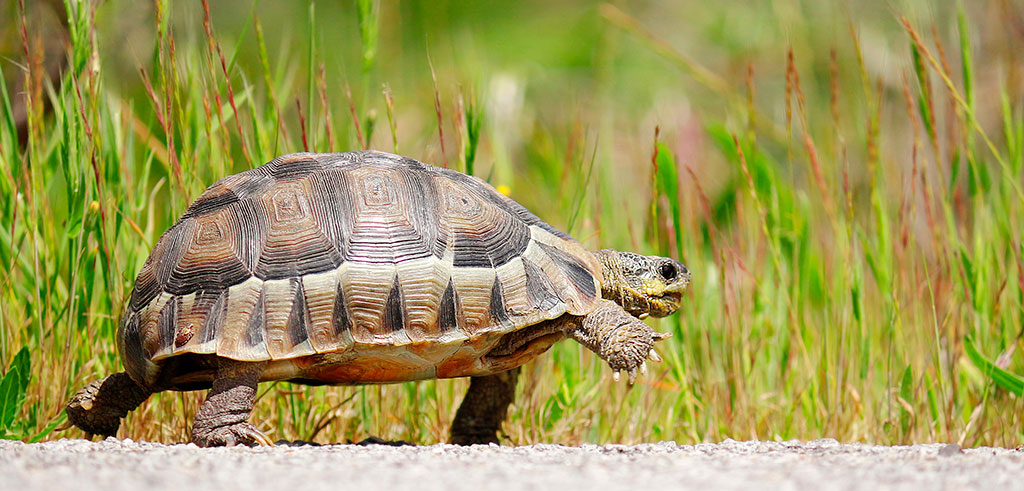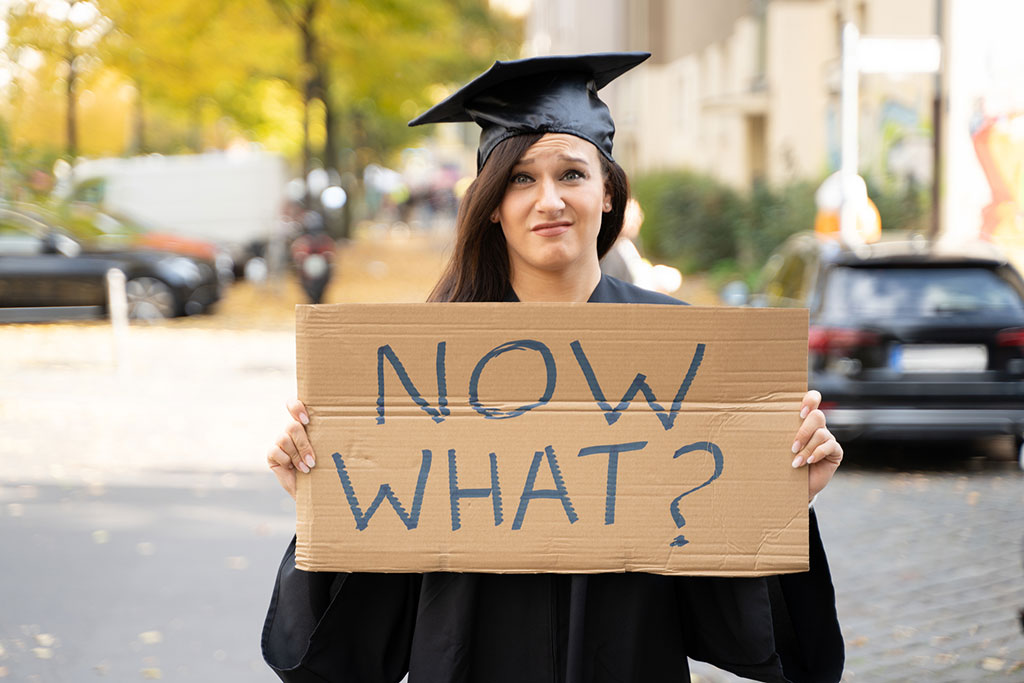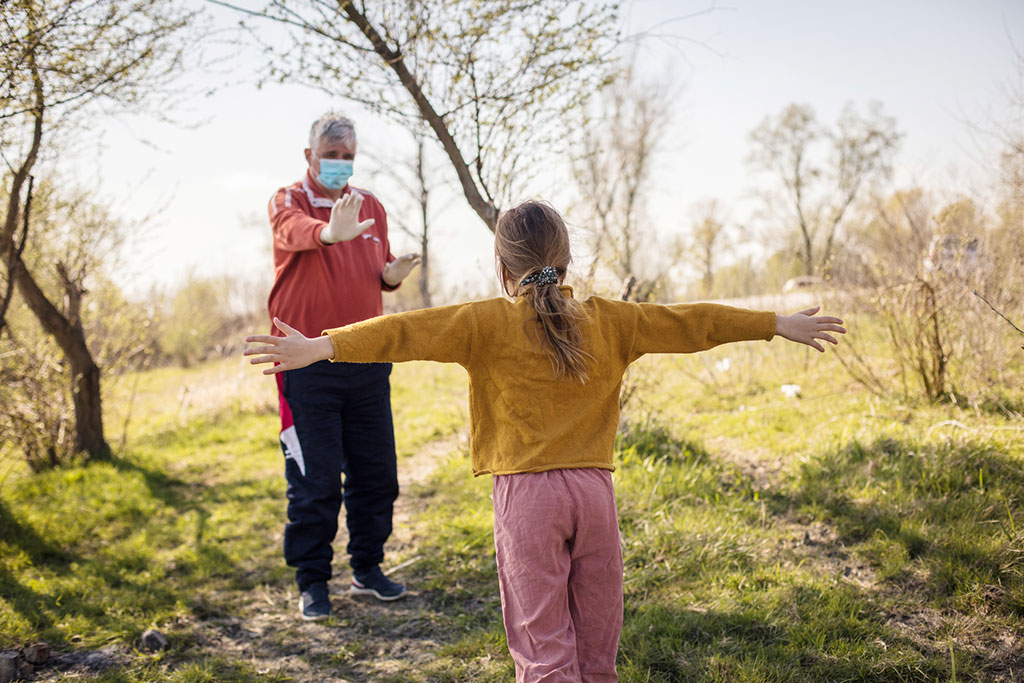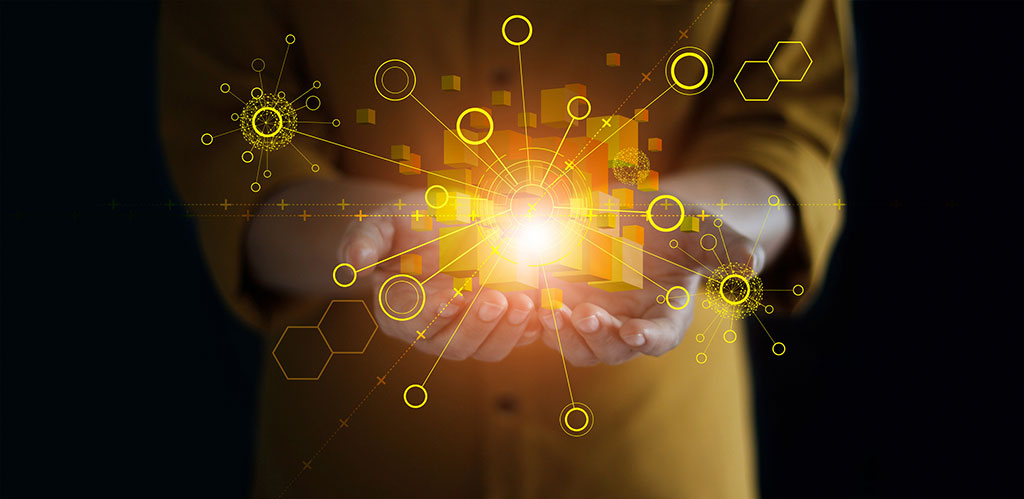As lockdown restrictions start to be lifted, the eight wave of B&A’s weekly research series on Life on Lockdown sheds some light on how Irish consumers are feeling at the moment and the implications for brands.

Travelling Slowly
- Moving into phase 1 of the roadmap on the 18th, as scheduled, provided a welcome psychological boost.
- And while it’s great to get to Woodies and raid their paint supplies, and even better to legitimately meet up with friends, we realise they are very small steps on the route to anything resembling ‘normal’ lives
- The more we look at the roadmap, we see how cautious and slow moving it is, particularly in comparison to our European counterparts. Like everything else in these uncertain times, it’s hard to know if it’s the right call.
- On the one hand, the need to make steady progress is strong. Having to ‘go back’ a stage would be a major psychological blow and one we’re not sure we’d cope with well. So perhaps the tortoise approach is better than the hare in this instance.
- On the other, the more we extend a degree of lockdown, the longer we leave the problems that have been mounting up since lockdown began. The economy, our children’s education, our mental health, care of the vulnerable (beyond Covid 19). There’s growing fear that our slow re-emergence will leave us on the back foot compared to other countries.
- Which makes the need to ‘meet our milestones’ even more crucial. The pressure is palpable.

Diverging Paths
- Reactions to the roadmap depend heavily on when we will personally see improvements in our situation.
- Those eager to get back, with work to return to on the 18th / 8th June, are relatively upbeat. While managing that return will be challenging, the feeling of getting back to some semblance of normality, getting business up and running on more regular terms, making some progress is a positive one.
- However, for others, meaningful improvements are still a long way off. Those in the hardest hit sectors who will struggle to get going with social distancing, even when they’re allowed. College students who aren’t sure yet what their autumn trimester is going to look like. This year’s graduates who are facing the worst job market in the history of job markets.
- Parents of schoolchildren, particularly those working long hours on top of childcare, are feeling particularly thrown under the bus at the minute. With no shift in circumstances ahead for the next 3 months, and little clarity on how school returns in September will work, anger and frustration is growing.
- For these groups, the glacial pace at which we go through the stages will be very difficult to manage. We already fear what impact this will have on motivation, mental health and our ability to keep the show on the road.
- We realise now that this is a marathon, not a sprint. We may have paced ourselves a bit better if we’d know that from the start.
- The ‘collective’ nature of the Covid crisis experience is diverging. We’ve already commented on divisions opening up between various groups, but the nature of the roadmap means that these will become more pronounced as some see significant improvements before others. While this is inevitable to some degree, a lot of thought needs to go into how this can be minimised and how we can foster a spirit of unity in these circumstances.

Coronavirus League Tables
- The announcement of the daily ‘numbers’ continues to be the lowpoint of the day
- But our processing of them has shifted somewhat. At first, we were overwhelmed by the mounting human cost, but somewhere along the line we started to see it more in terms of ‘data’.
- And we feel bad about this shift. Have we become desensitised to this tragedy? What does that say about us?
- In reality, it’s a self-preservation technique. We simply can’t handle loss at this level.
- But the obsession with ‘data’ is interesting. We have a need to ‘monitor’ the situation, to track our progress, to judge our performance. Feeling that we’re ‘flattening the curve’ is important and seeing the graphics that show this is heartening. It’s also crucial to our progression through the roadmap.
- We also see this desire to evaluate ‘performance’ in the somewhat bizarre way in which Covid 19 stats are being compared across countries. Number of tests, numbers of infections, numbers of deaths, deaths per million of the population. But how helpful are these ‘league tables’ of nations when our comparisons are far from like-with-like? What are we getting from them?
- The human desire to compare, evaluate, discern ‘winners and losers’ comes to the fore, most notably with Trump’s grating comments on testing, as if this crisis is a game of top trumps.
- There’s a need to tell the story of this unfolding crisis in a way that we can handle emotionally, but that’s about more than just ‘the numbers’

Touch Me Not
- As we (slowly) move out of lockdown into our new reality, we’re realising that the sense of touch will be largely absent from our worlds
- We can see our friends and family, but not make physical contact with them. We’ve gone without it (beyond those we live with) for this long, but now we realise that social distancing is here to stay until we get a significant medical breakthrough
- The human need for affection, connection, physical interaction, intimacy is deeply felt. Have we ever had a protracted period of human history without touch before? It goes against all our human instincts.
- Those of us following Normal People on TV are picking up on the irony of watching this portrayal of physical intimacy at this moment in history. The teenage awkwardness of the two leads is particularly affecting. Will this be us, when we are eventually allowed to reconnect physically with each other and the world?
- We’re also wondering about the impact when non-essential retail opens up. For bricks and mortar stores, the physical, tactile experience is a big part of the appeal. We want to interact with the product, touch it, browse. But we imagine this will be strongly discouraged in our new reality.
- Will we be patrolled and monitored round the store the way we are in the supermarkets now? Will we ever try on clothes in the changing rooms again? Will we have to ‘book our slot’ to get into Penney’s? Is aimless browsing gone forever?
- The high street has been hanging with a thread for some time. Without the physical, tactile experience we wonder what it has to offer? But some of us will really miss it when it goes.

Reining it in
- In our previous lives we worried about our frivolous spending. How much money we frittered away on inessentials, what value were we really getting?
- Some of us used spreadsheets and budgeting tools to monitor where our money went, vacilitating on whether ‘lunch out’ was really worth €80 a month, did we need that gym membership?
- Turns out there’s nothing like shutting down the non-essential economy for 2 months to rein our spending in.
- And we adjusted. We made our own coffee, we found great HIIT sessions on YouTube, we did our own nails, we got out the exercise bike. Some of us cut our own (or our partner’s hair). With mixed results!
- The interesting question is what happens now? The desire to get back to ‘normal’ is always strong. However, this situation is unprecedented, and it feels like the consequences may be longer lasting.
- We’ve had enough time to properly break habits and get into new ones. Our ‘cost/benefit’ analysis for these activities is now informed by proper knowledge of what we can do ourselves, at home, for free. Our economic situations may not allow us to resume spending, even if we wanted to.
- It will be interesting to see what happens. However, we can already see how the habits that get picked impulsively (the cheeky takeaway coffee that you swore you wouldn’t pick up on the way to work) have a better chance of getting re-established than the ones that take more planning.

Implications for Brands
- ‘Slow and steady’ is the mantra of our current time. Consumers will need help and support with patience, pacing themselves and keeping the faith. Supporting these needs will be a step change for many brands, who are used to communicating novelty, change and excitement. But for those who can, reinforcing this message is a valuable act.
- There are many opportunities to support those who feel like their lives are ‘on hold’ for the minute. Particularly young people, full of energy and talent, with limited channels available to them. Those with time on their hands interested in acquiring new skills, professional and personal. This is an interesting area for brands to move into, even if they don’t have a history of doing so. What expertise has your brand got that people might be interesting in learning/acquiring?
- Given that ‘touch’ as a sense will be limited for some time to come, it may be a challenge for brands who rely on this (for example in clothing/homewears) to find ways of compensating. Great visuals will become more important, particularly as online grows and grows.
- As we come out of lockdown, we are craving the physical experiences that have been denied to us so long. With touch out of bounds, it will be interesting to see if our other senses can be made to deliver further? For example, as cafes lure people back in, they might focus on visuals, sounds and scents to engage people hungry for sensory interaction after such an overload of digital experience.
- For brands that deliver experiences that have been out of bounds for the last two months, the challenge of re-engaging customers is very significant. It’s never been more important to identify and communicate what your service provides that cannot be replicated. Brands that find disruptive and engaging way of communicating this will reap the benefits.




















